| Title | Saugus Iron Works |
| Park Code | sair |
| Description | In the 1600's, on the banks of the Saugus River, something extraordinary happened! Explore the place where European iron makers brought their special skills to a young Massachusetts colony. Saugus Iron Works is a twelve-acre National Historic Sit... |
| Location | |
| Contact | |
| Activities |
|
| Entrance fees |
|
| Campgrounds | Count: 0
|
| Places | Count: 13
Blast FurnaceUsing charcoal as its fuel, the Saugus blast furnace roared to life in 1646 and smelted locally-mined bog ore and gabbro into cast iron "pig" bars, blocks of iron that would be further processed in the forge to make wrought iron. A more fluid, "gray iron" was also poured into molds to make pots, kettles, skillets, firebacks and salt-pans as a finished product 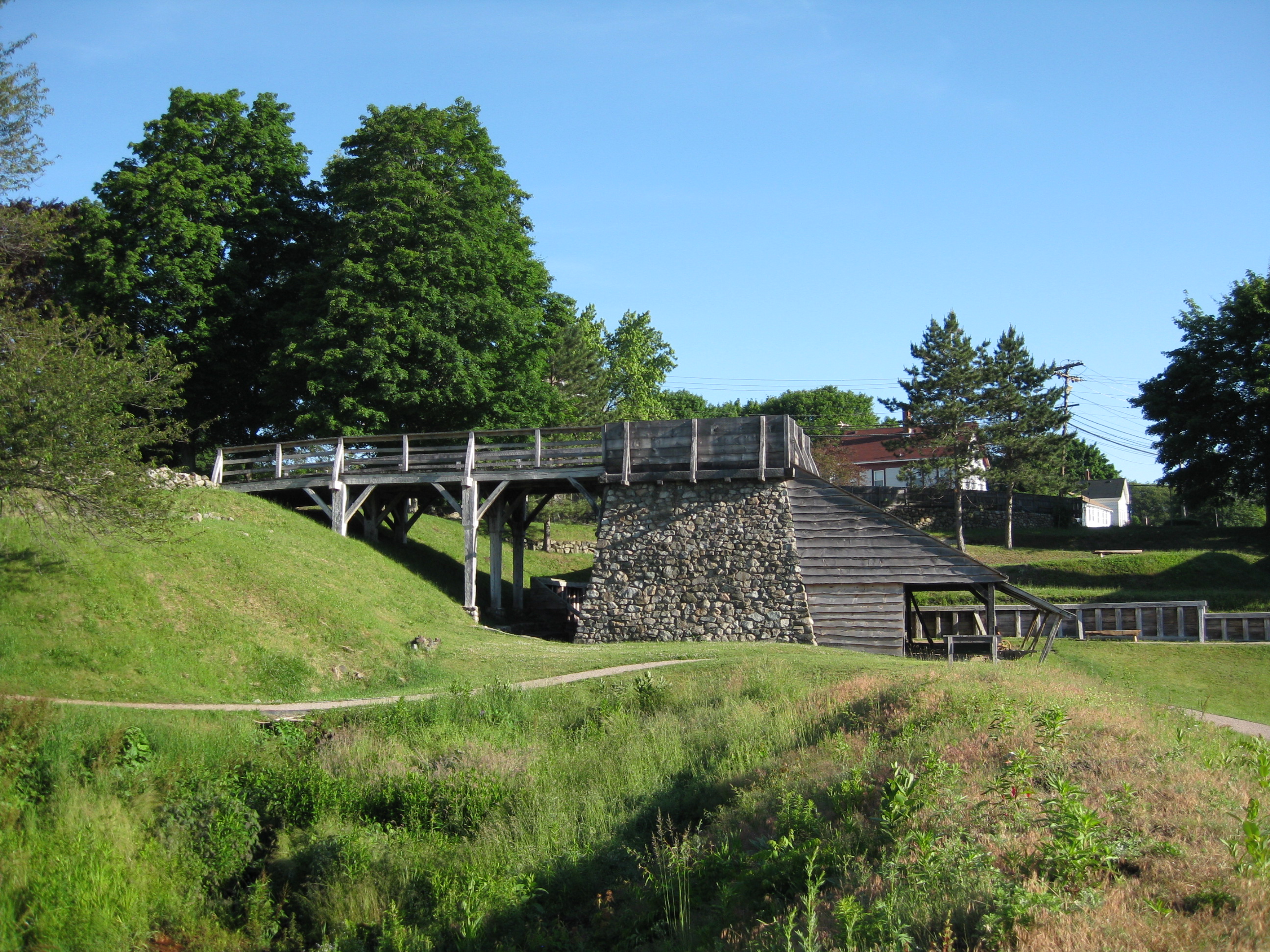
Casting ShedIron was poured into molds in the Casting Shed to make finished products including pots, kettles, skillets, firebacks, salt-pans, and even parts of the machinery used at the iron works. These finished products would be very hard, but also very brittle. 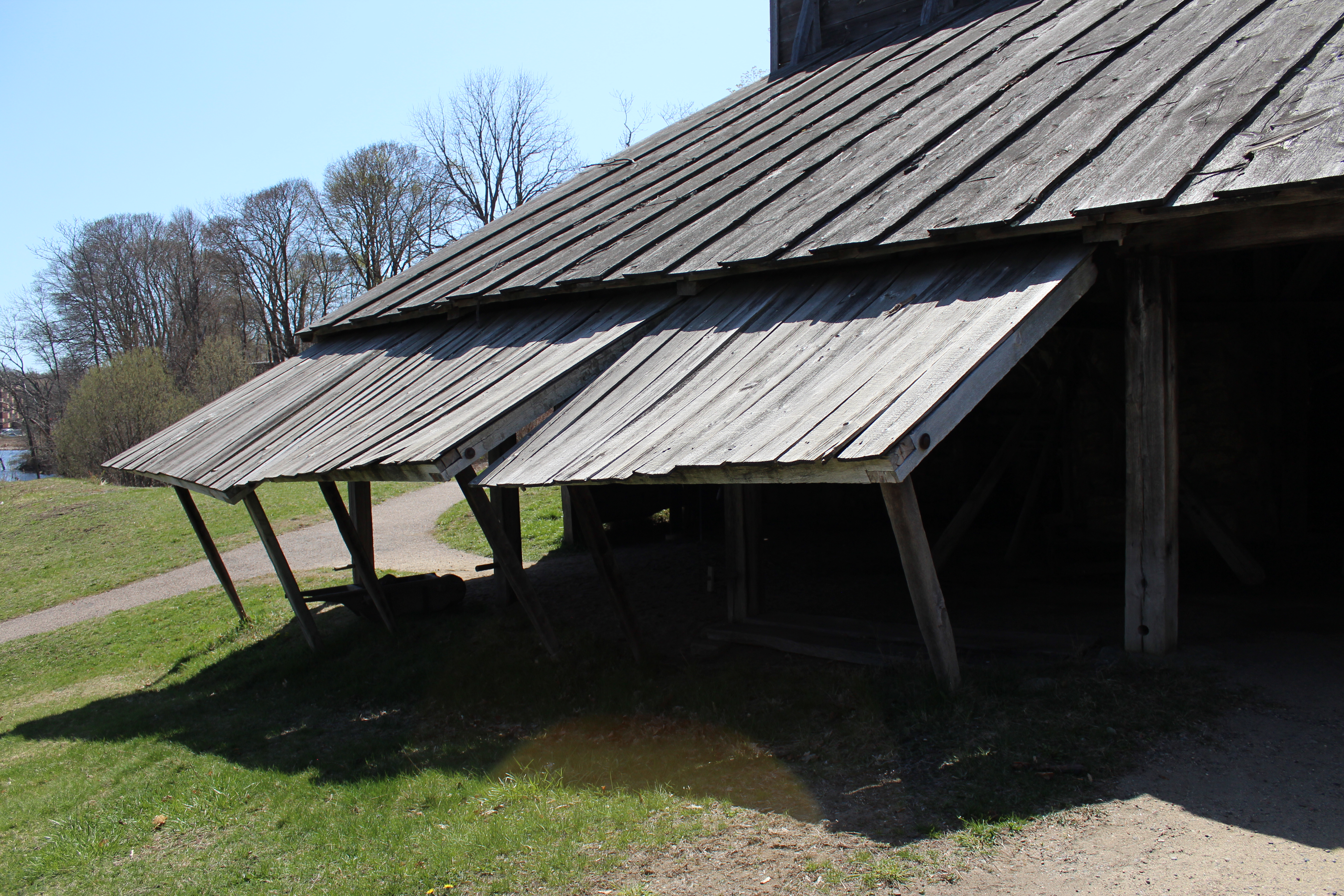
Essex National Heritage AreaThe Essex National Heritage Area begins just 10 miles north of Boston and covers 500 square miles of eastern Massachusetts to the New Hampshire border. The area includes hundreds of historical sites, miles of intact landscapes, glistening coastal regions and lifetimes of rich experiences that chronicle the history of the region and of the United States. 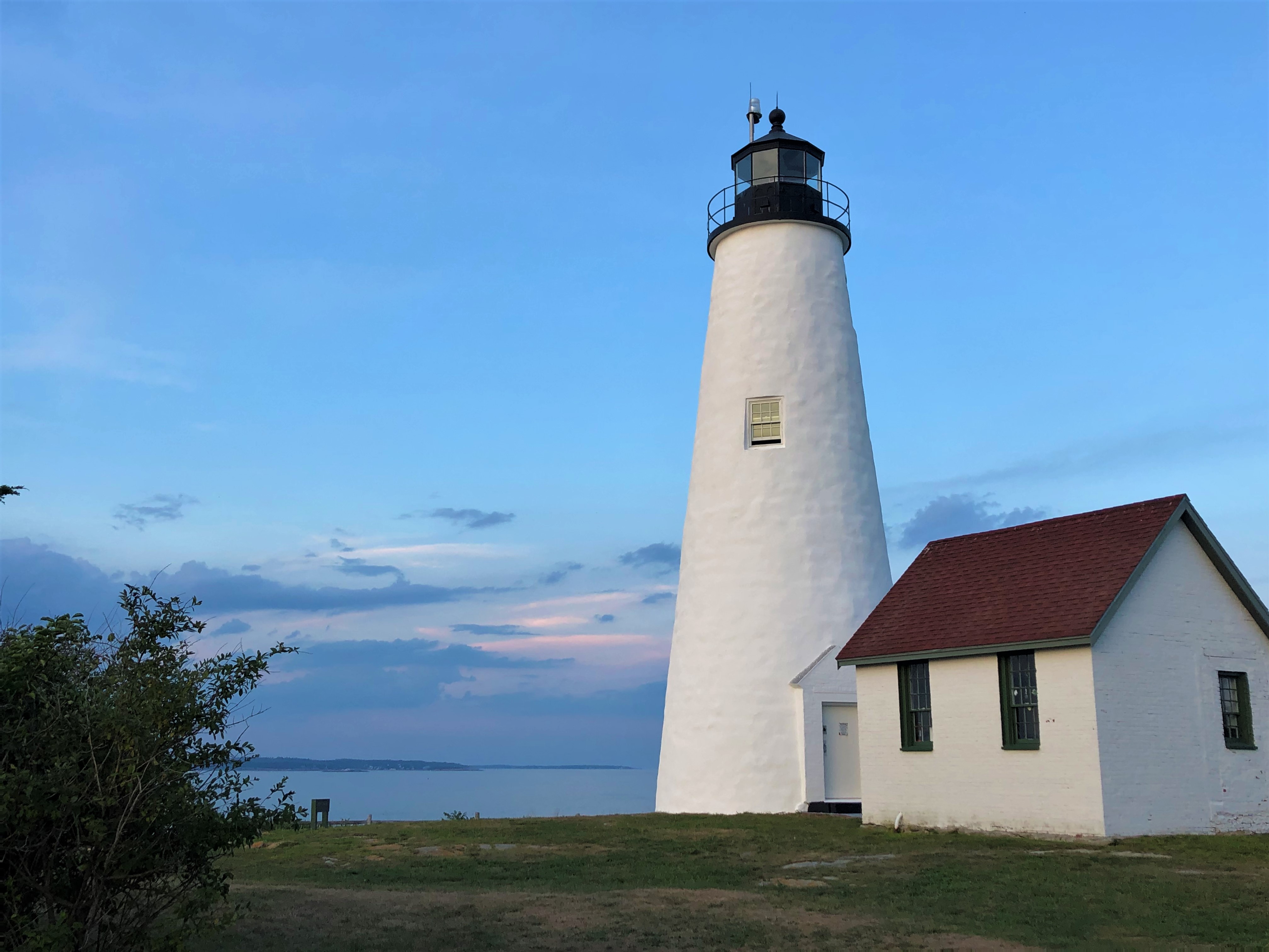
ForgeMost of the iron produced at the furnace was moved over to the forge, where sow bars were converted into wrought iron. A five-hundred pound hammer was used to forge a hot ball of iron into wrought iron "merchant bars," the Saugus works' major product. These bars were sold to merchants and blacksmiths for manufacture into finished products such as axes, hammers, hardware, and fireplace tools. 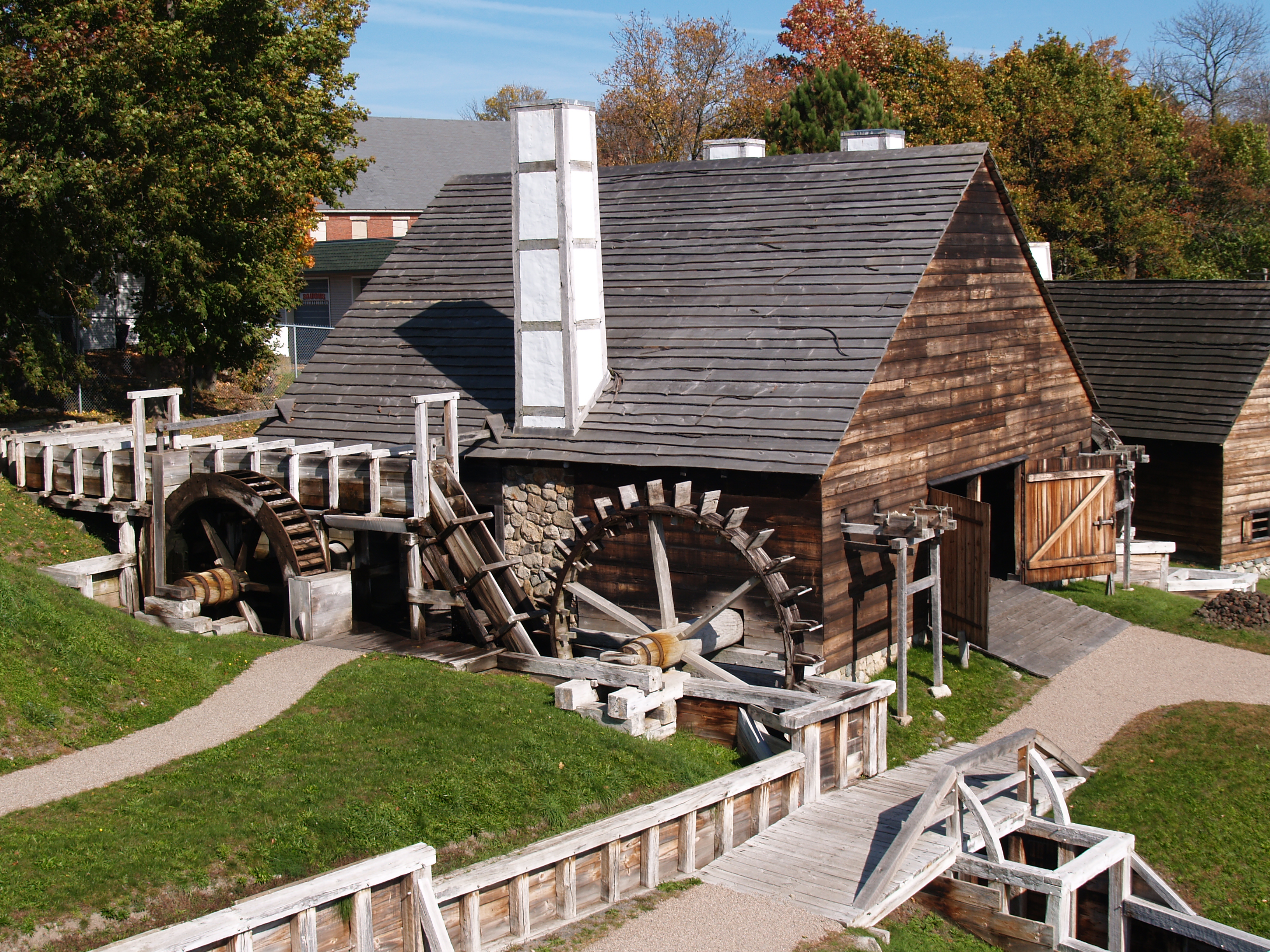
Iron Works HouseThe Iron Works House is the oldest building at Saugus Iron Works National Historic Site, dating to the 1680s. Over the years, it was home to many occupants. Its appearance changed as style changed, but most of the structure remained original. A photographer named Wallace Nutting dramatically changed the appearance of the house when he purchased it in 1915. He restored the house to what he thought it would have looked like in the 1600s, giving it the appearance we see today. 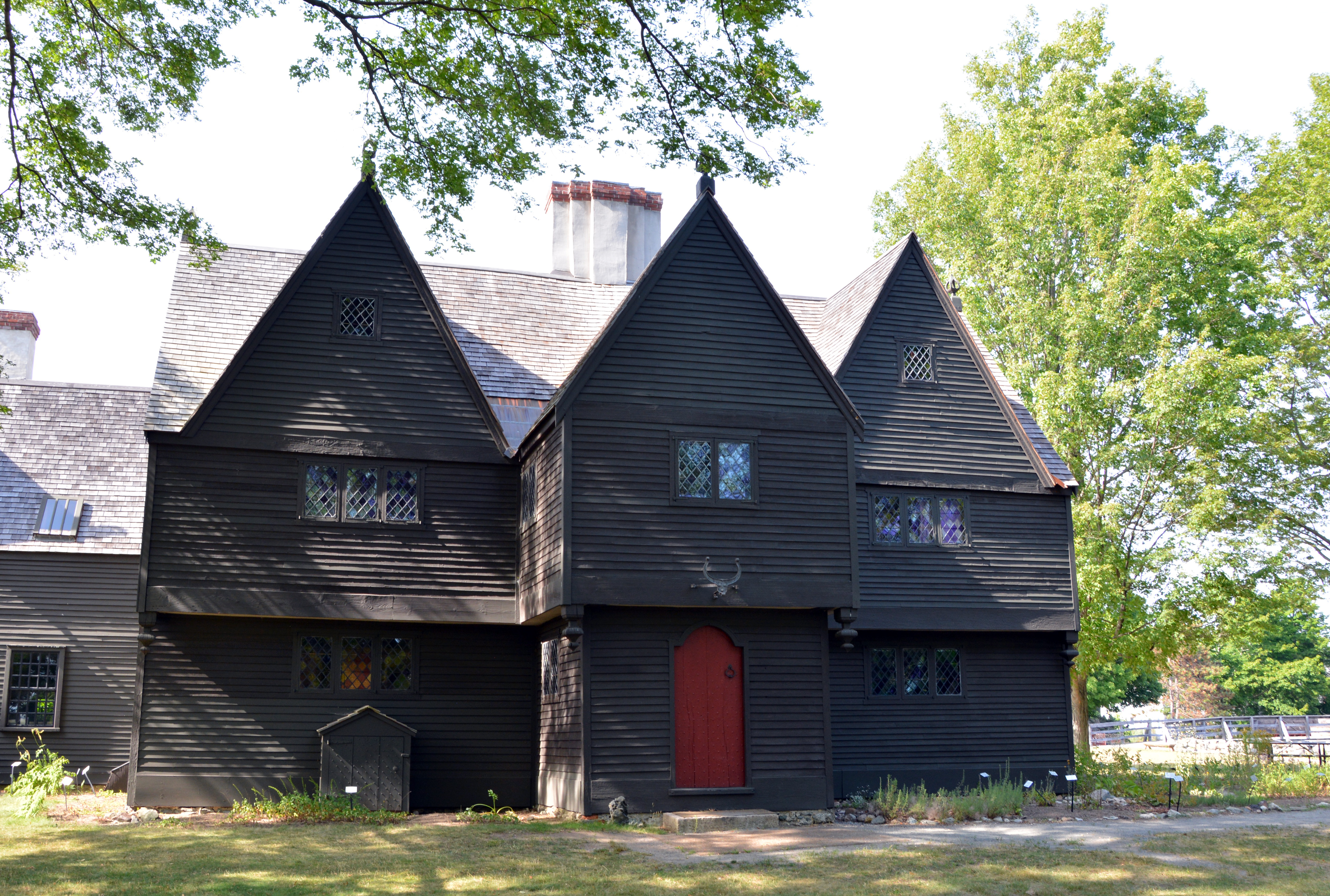
Jenks Blacksmith ShopIn 1646, Joseph Jenks obtained a patent from the Massachusetts General Court which gave him exclusive right to build water mills for making scythes and other edge tools. His blacksmith shop was located near the Slag Pile and was not reconstructed. 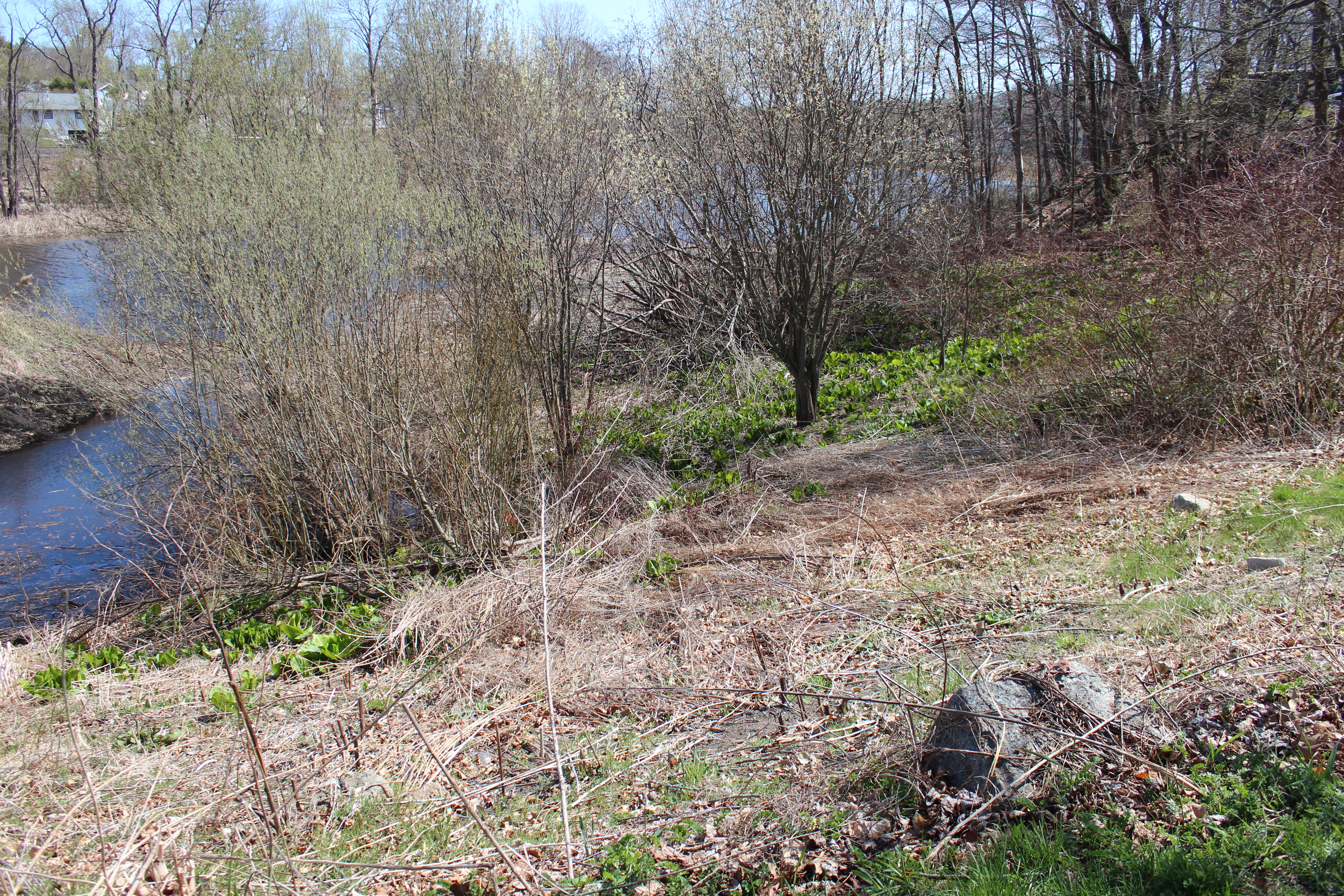
MuseumThe Museum is filled with artifacts from archaeological site excavations throughout the park property. It contains moving models that help people understand how waterwheels powered different tools. 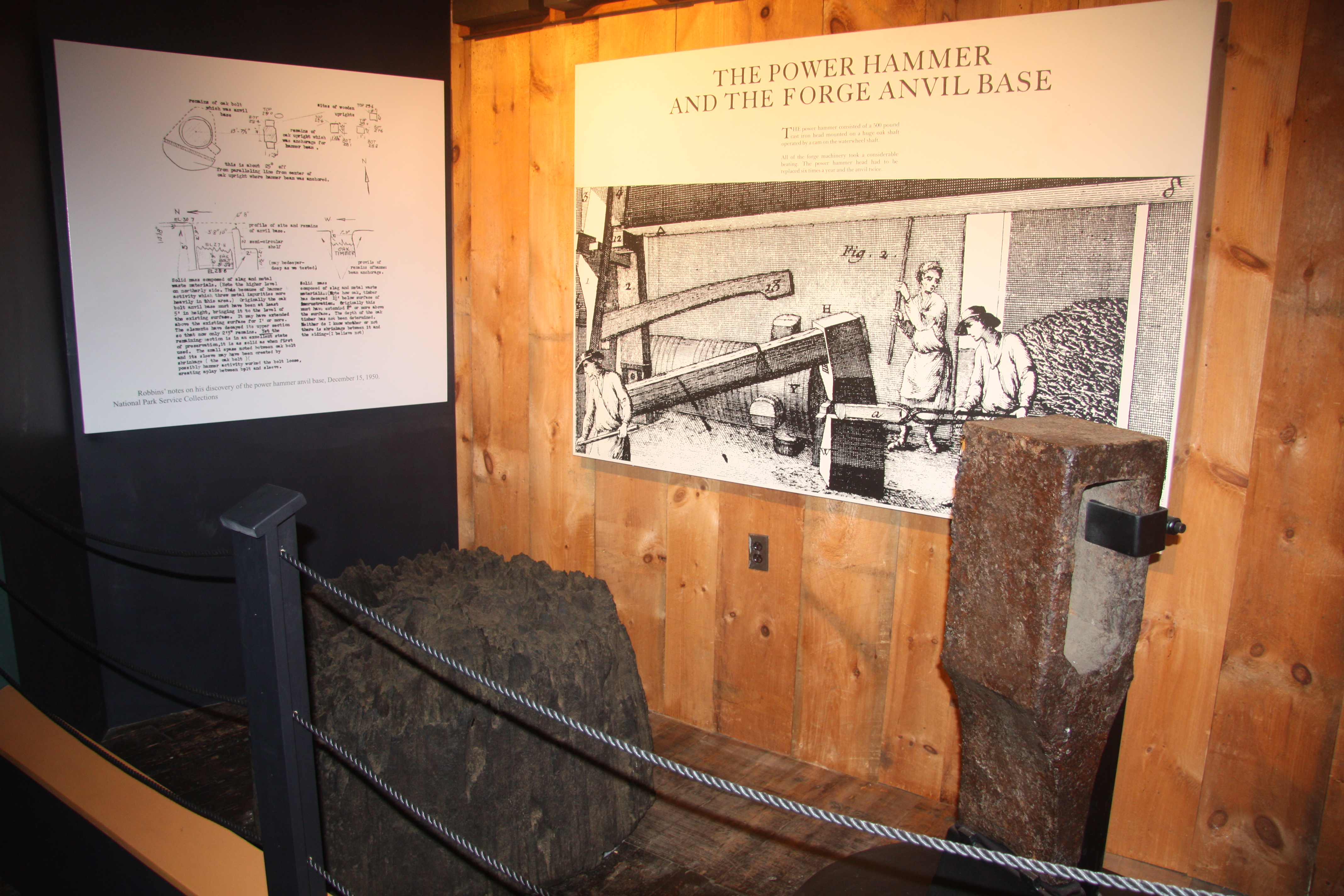
Nature TrailExplore the wilder side of Saugus Iron Works National Historic Site along the nature trail! The trail starts near the blacksmith shop and follows the eastern bank of the Saugus River for a 0.25 mile. 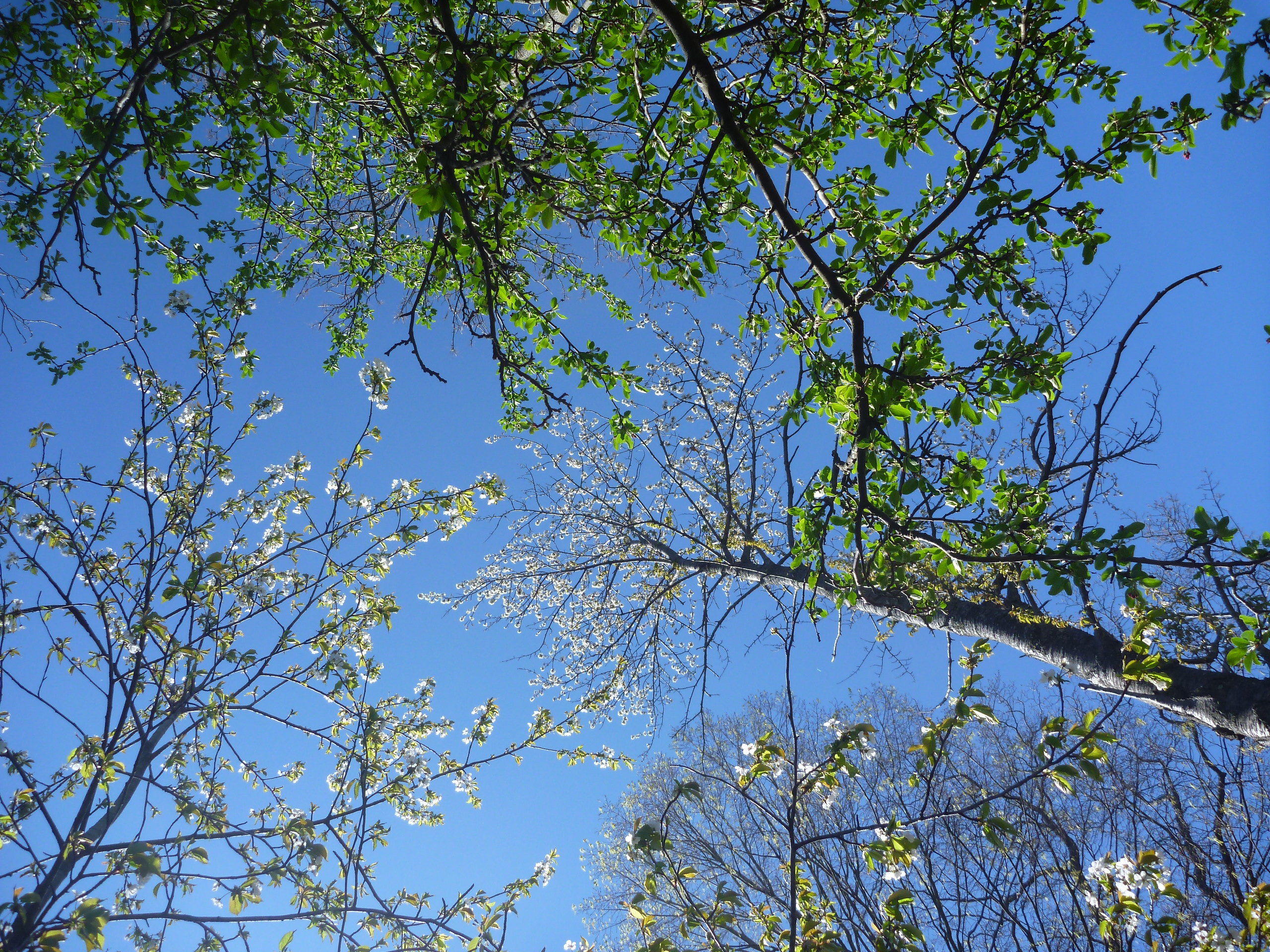
Rolling and Slitting MillA number of merchant bars were sheared in half and heated in the furnace, then run through rollers to draw them out. Some of these rolled pieces were shipped as they were, while others were passed back through slitters, reducing them to thin rods. Most were bundled for shipment to Boston and other New England settlements, although the Saugus blacksmith cut some into nails for local use. 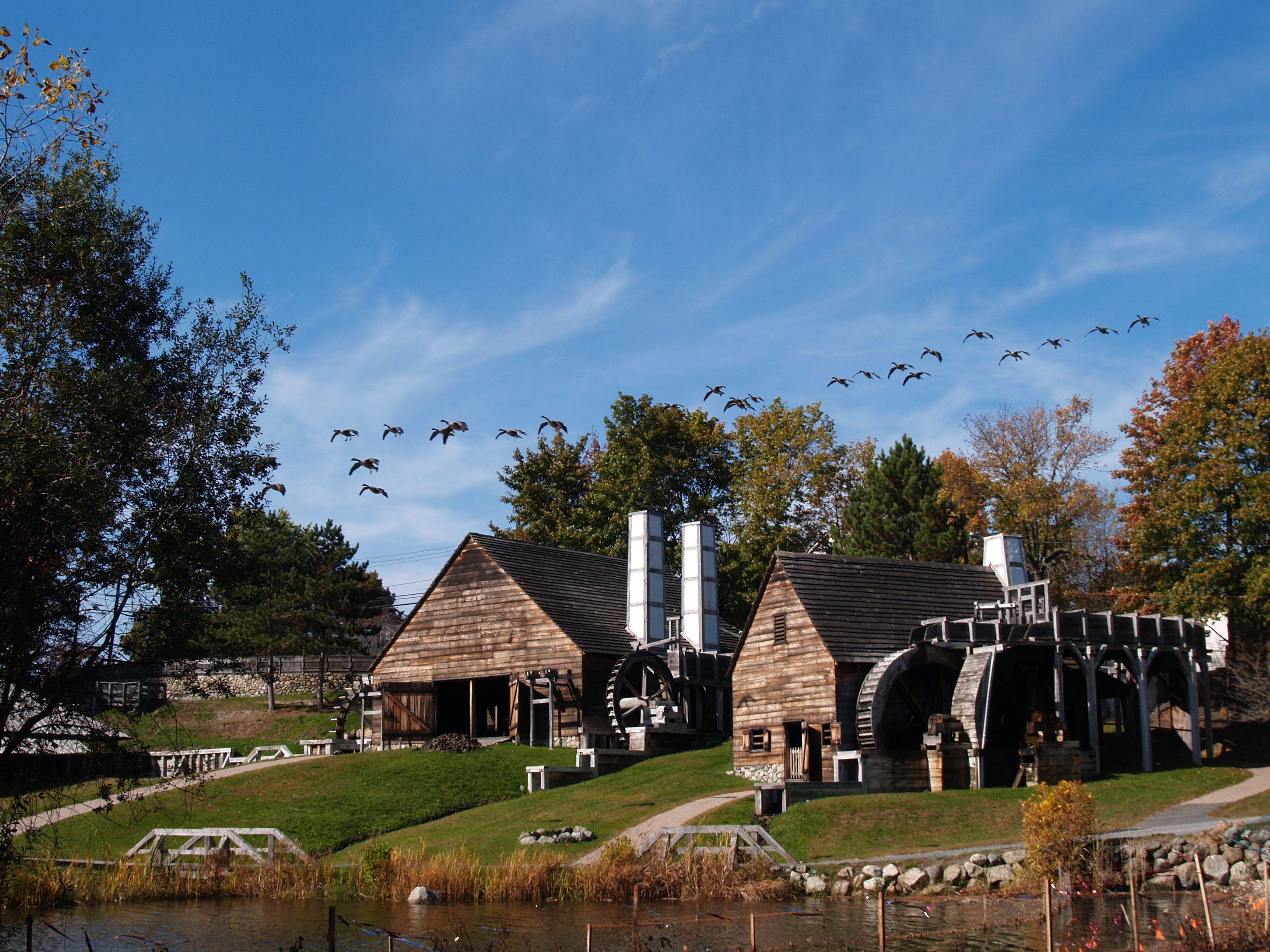
Saugus Blacksmith ShopA blacksmith shop is where semi-finished products from the Forge and the Rolling and Slitting Mill were turned into finished products. The Saugus Blacksmith Shop, however, did not make products for sale. 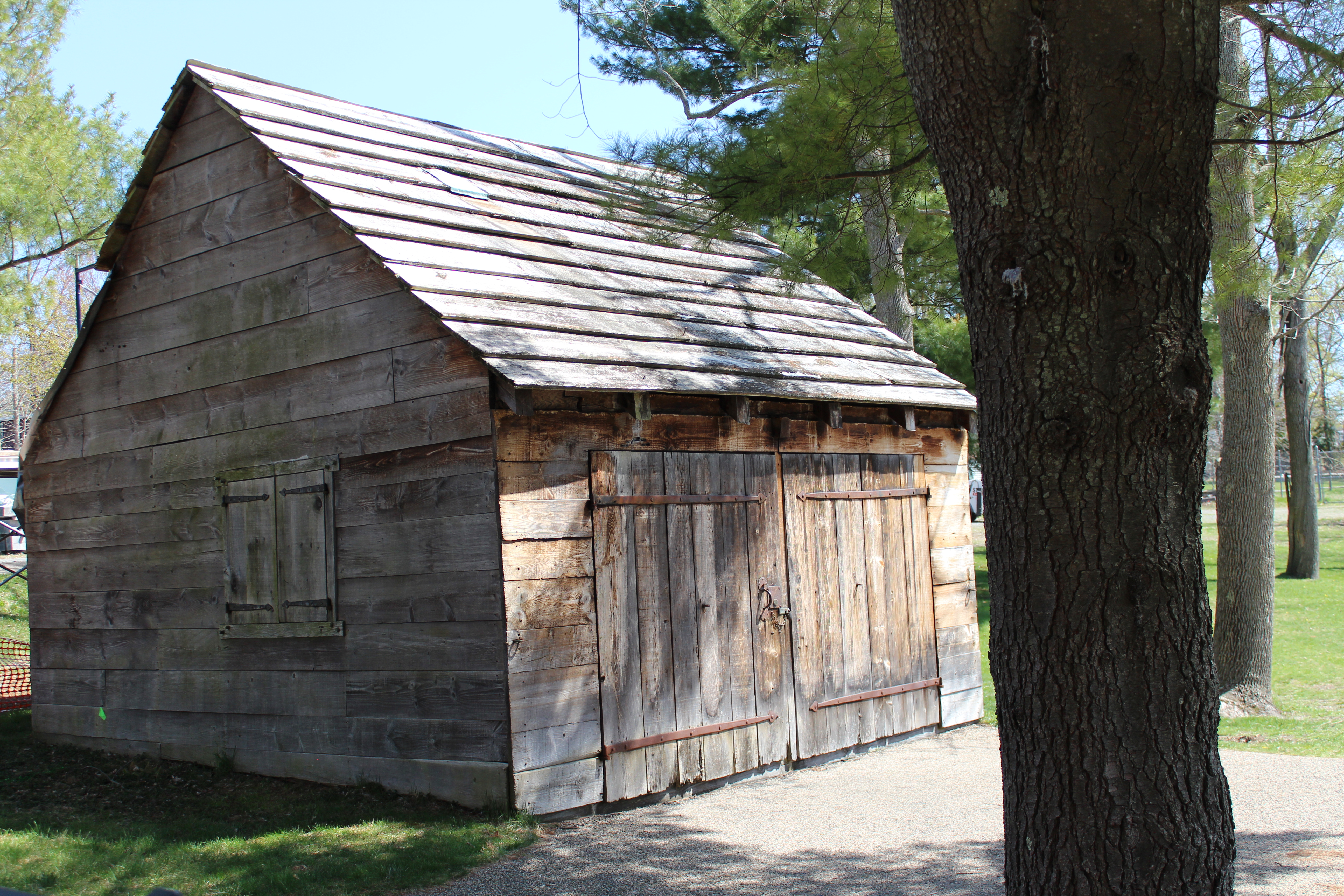
Saugus RiverThe Saugus River flows from Lake Quannapowitt in Wakefield to the Atlantic Ocean just south of Nahant and was the key to the operation of the iron works. Sluiceways brought water to each building, where it turned water wheels powering bellows, the trip hammer, and the rolling and slitting machinery. 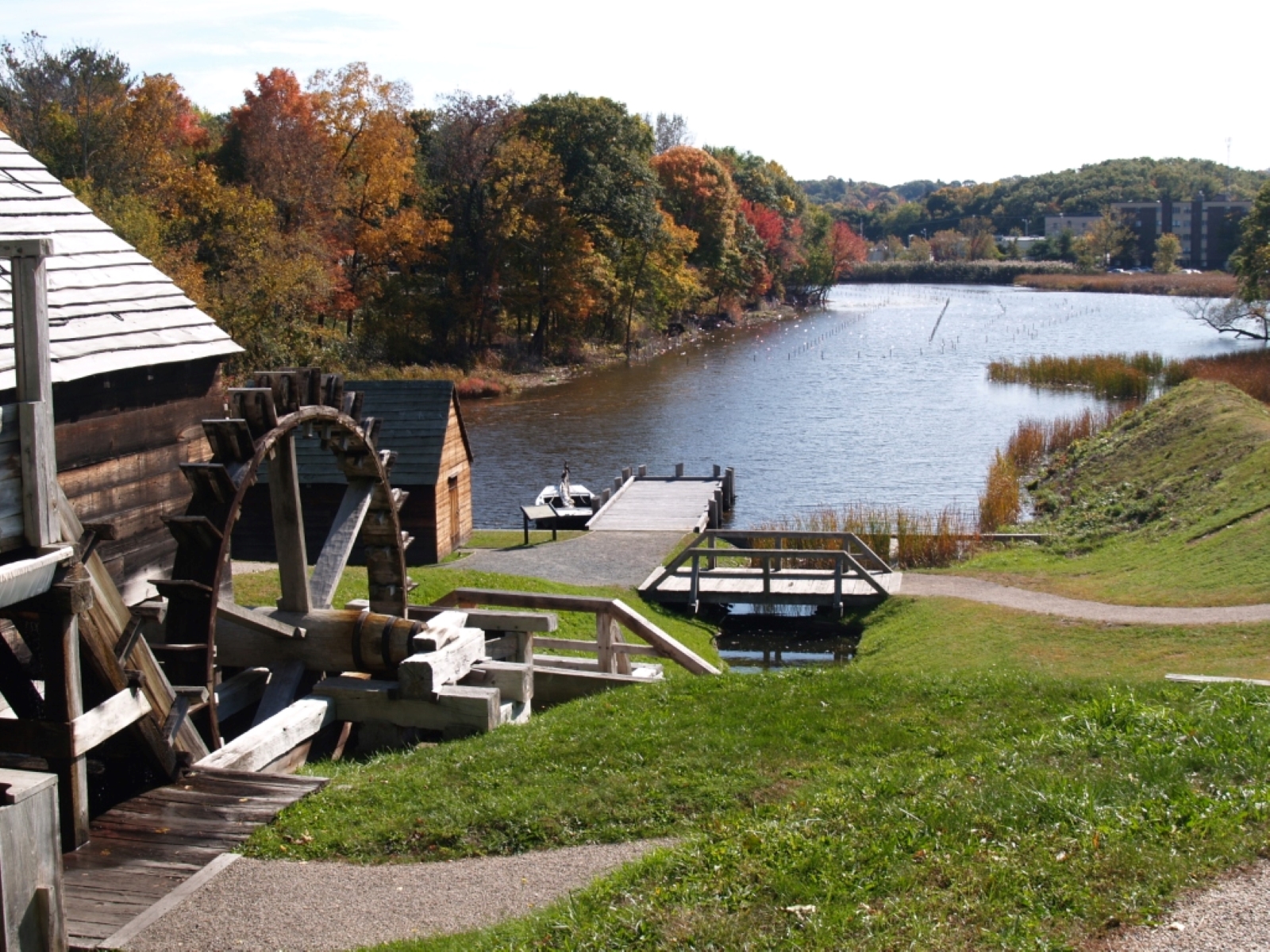
Slag PileFrom its earliest production, iron workers dumped slag waste from the smelting process into the Saugus River. The slag is an important resource that documents iron production at Saugus over 20 years of production. 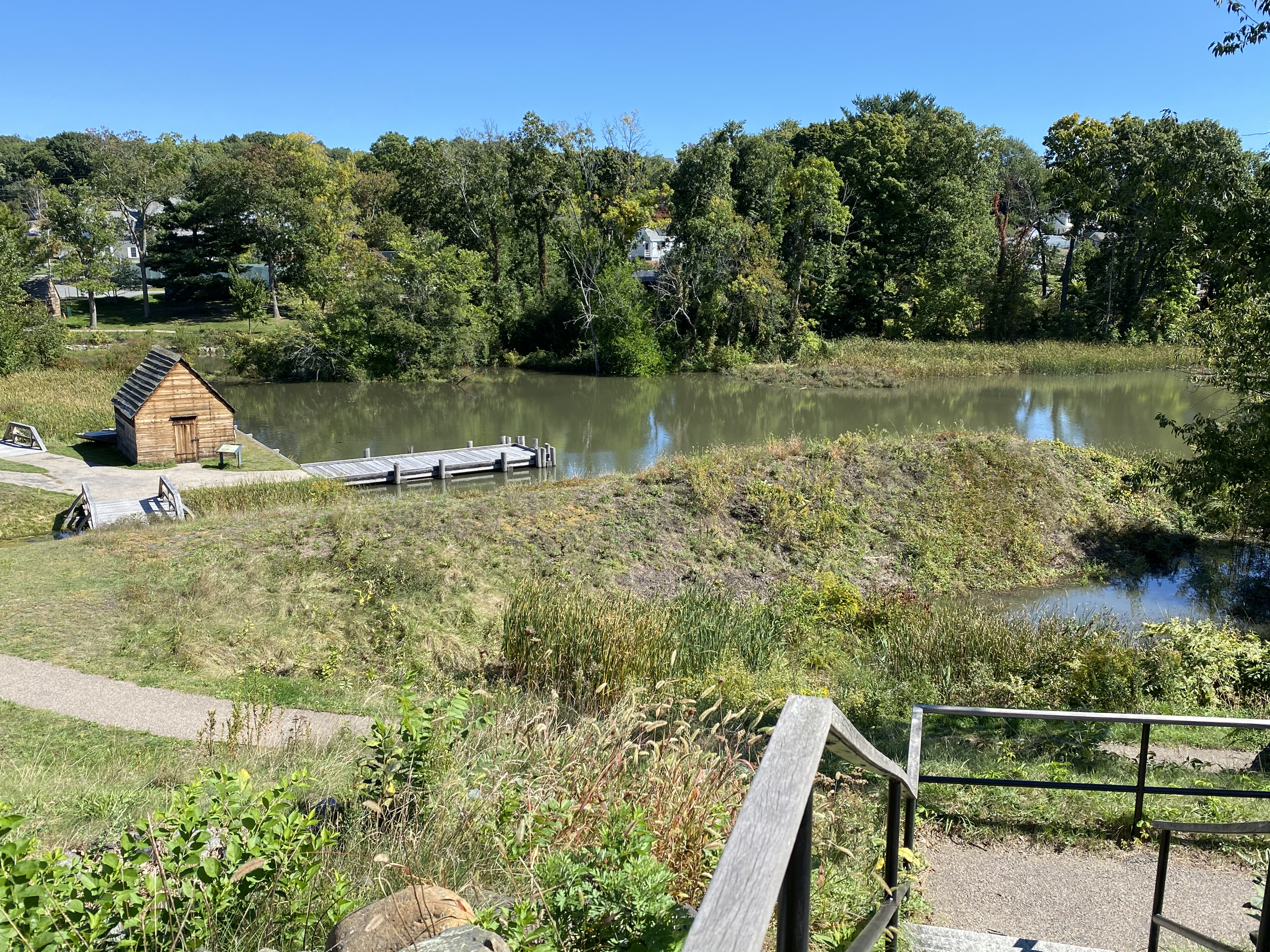
Warehouse and DockShallow draft boats made their way up and down the tidal Saugus River transporting raw materials in and finished products out. Goods loaded at the Saugus dock were brought to Boston where the iron cargo was transferred onto ships that were destined for other parts of Massachusetts, London, and even Barbados. 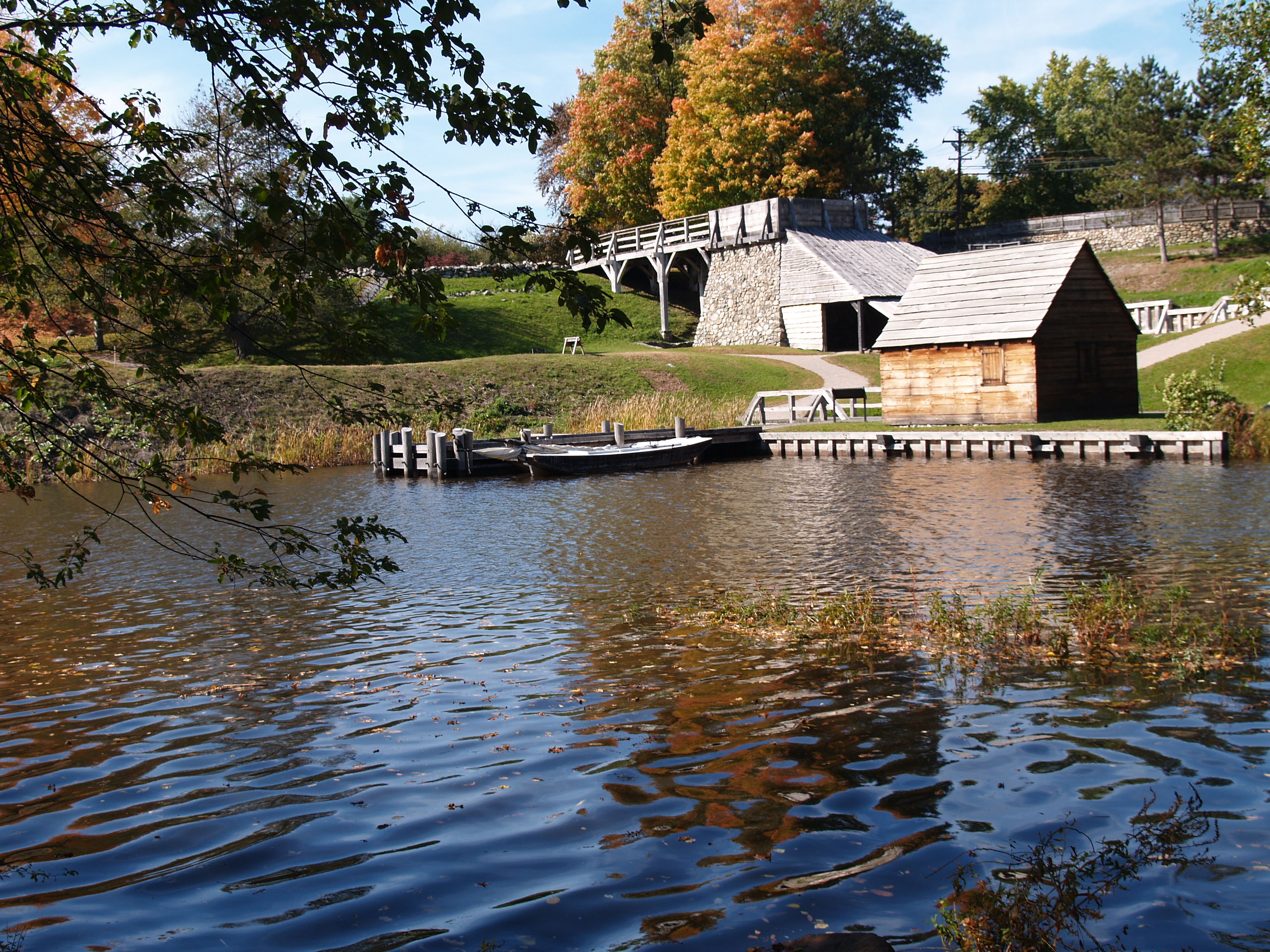
|
| Visitor Centers | Count: 1
Broadhearth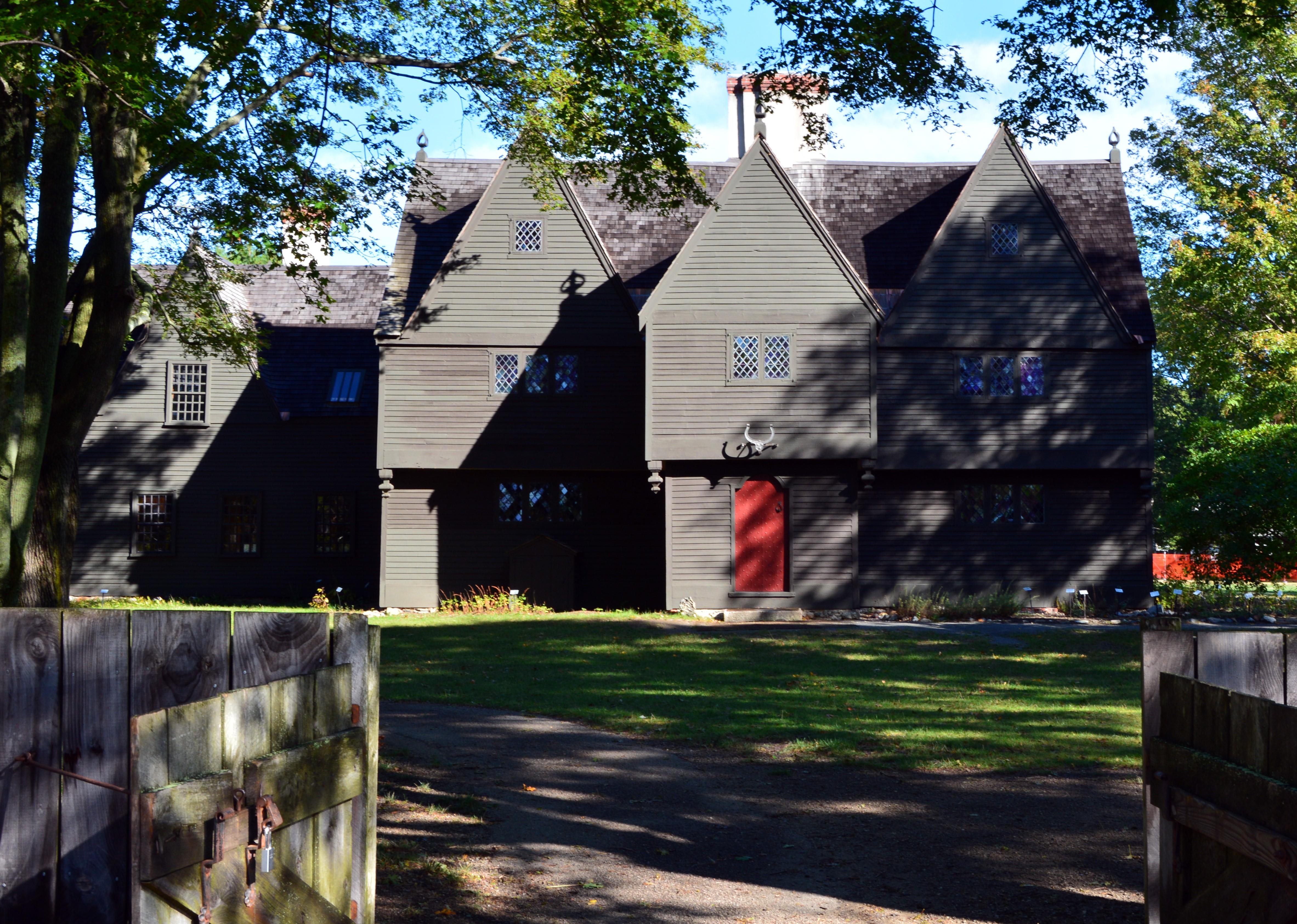
|
| Things to do | Count: 6
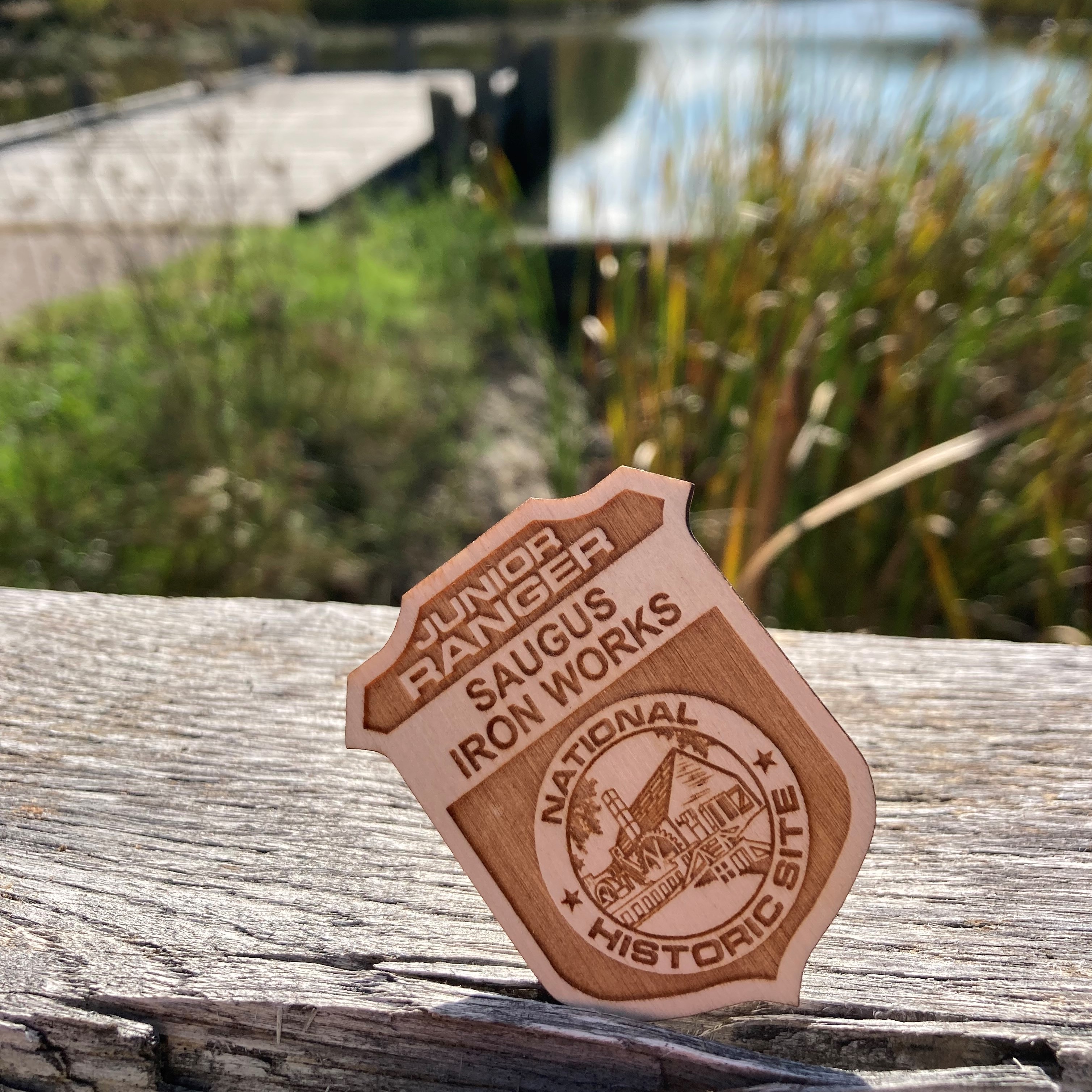
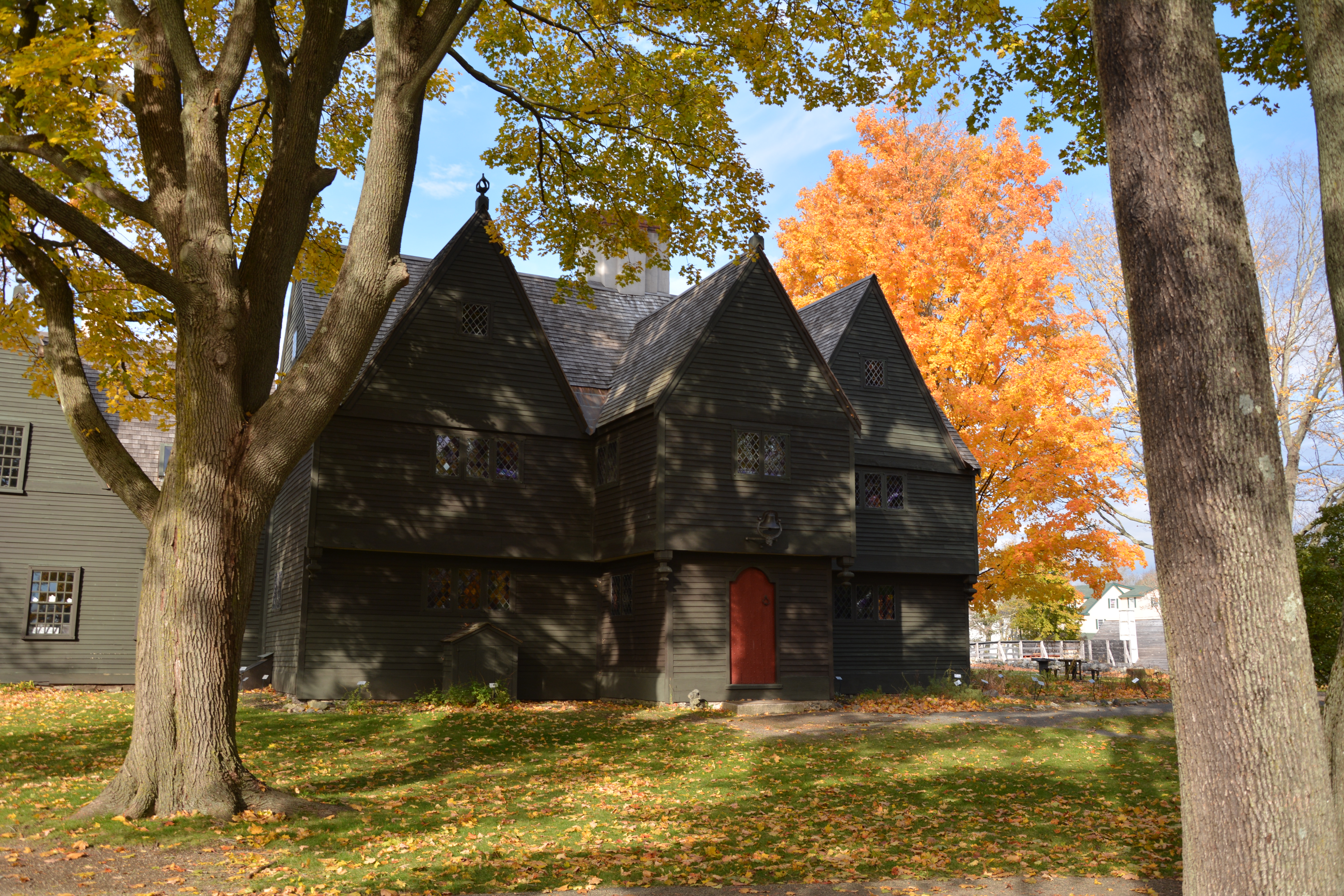
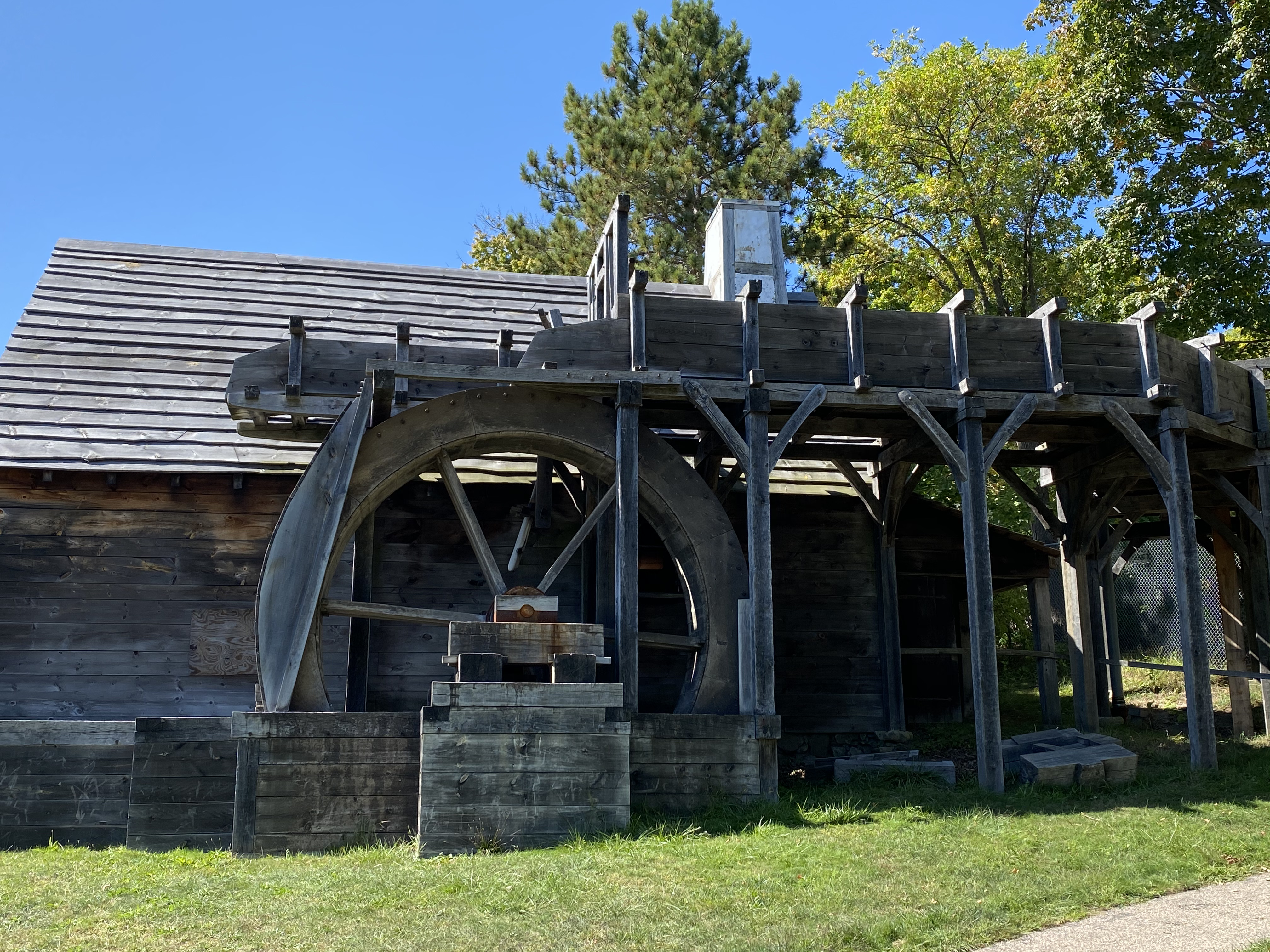
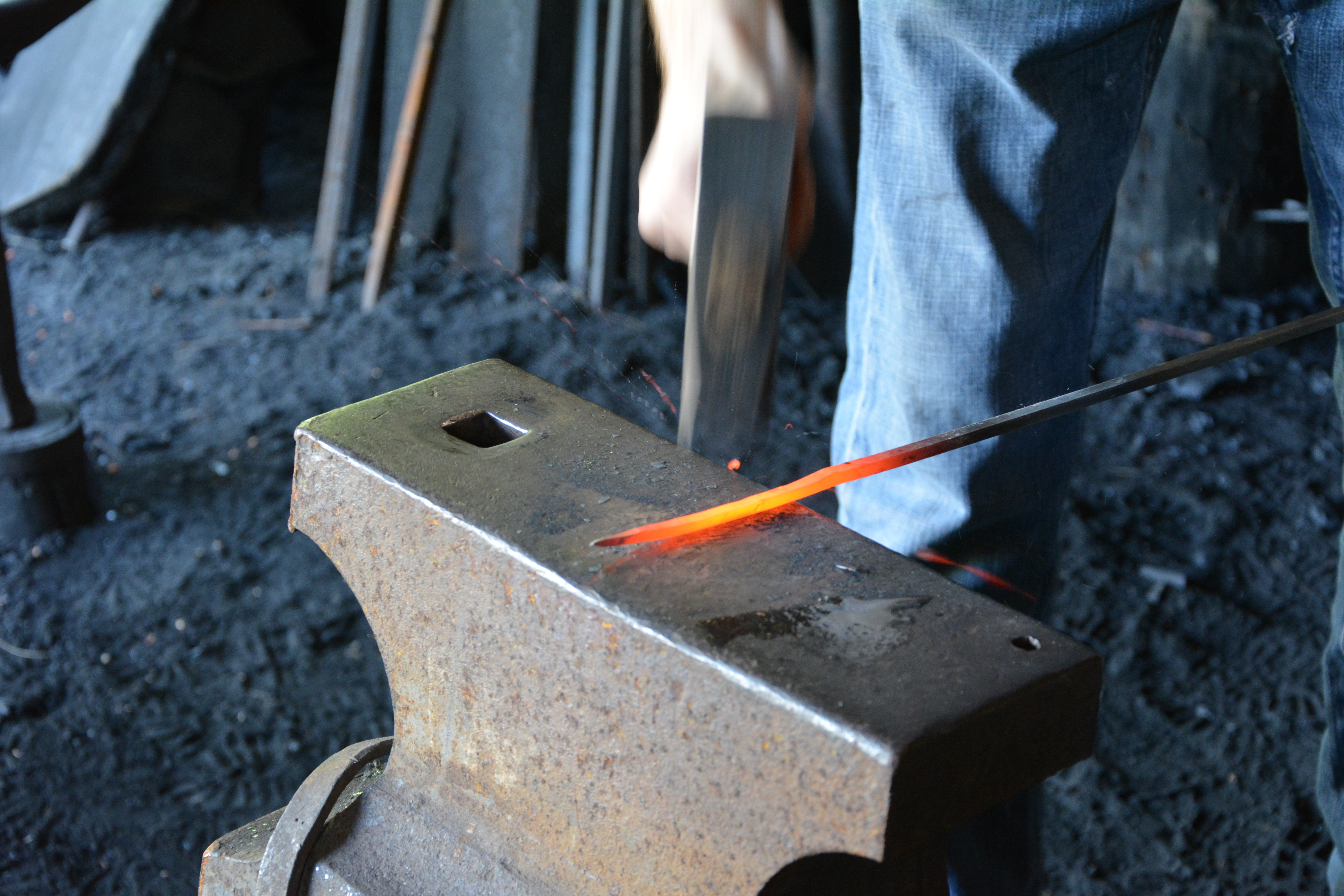
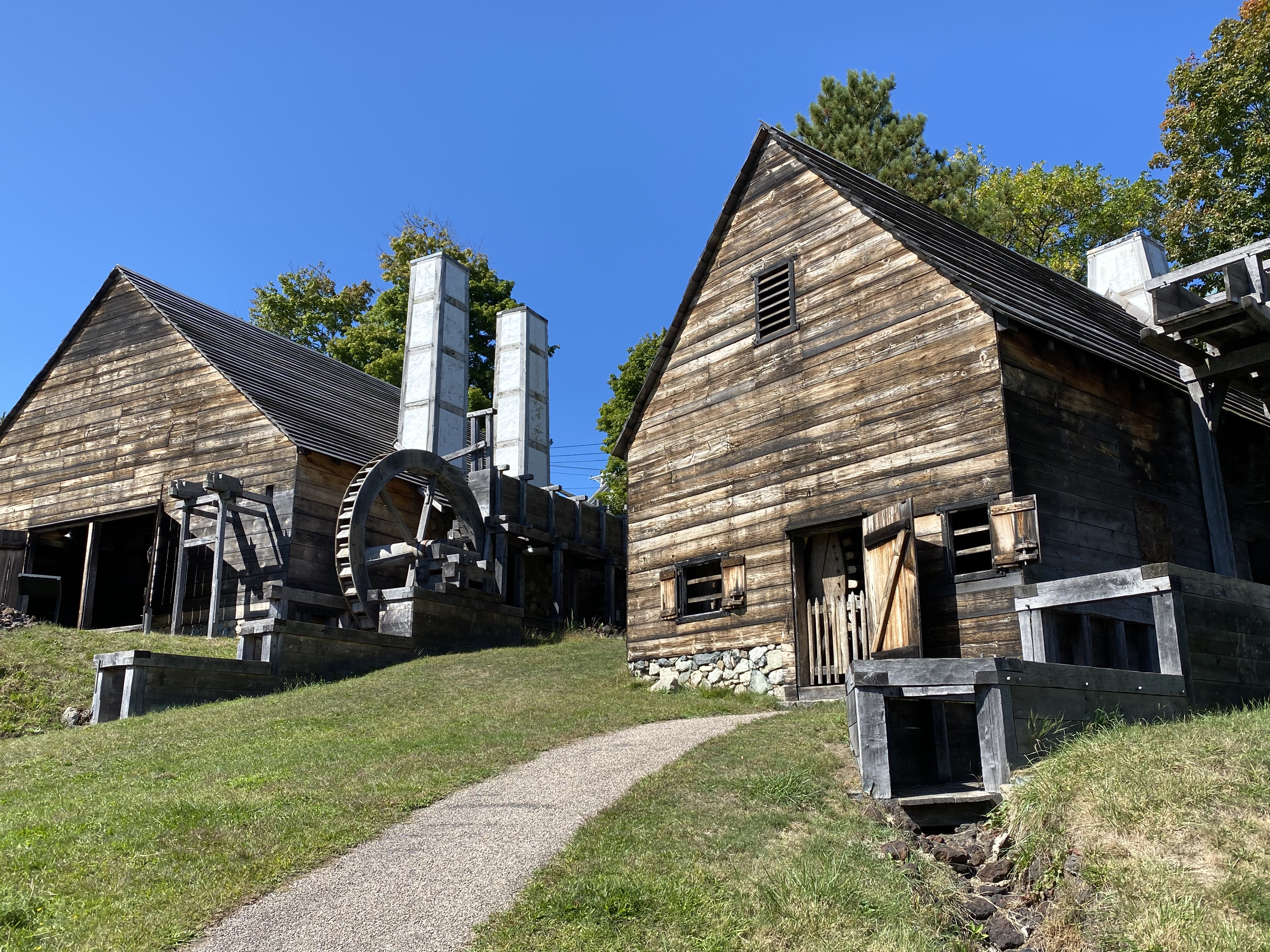

|
| Tours |
Count: 1
Places of Saugus Iron WorksSaugus Iron Works National Historic Site, or Hammersmith as it was called, represents North America’s 17th century transformation from stone to iron tool manufacturing. In a venture intended to make the Massachusetts Bay Colony more self-reliant, English investors financed the creation of the Company of Undertakers for the iron works in New England. These workmen would help Massachusetts achieve its goals. Use this walking tour to get acquainted with the grounds, buildings and history at the iron works. |
| Articles |
|